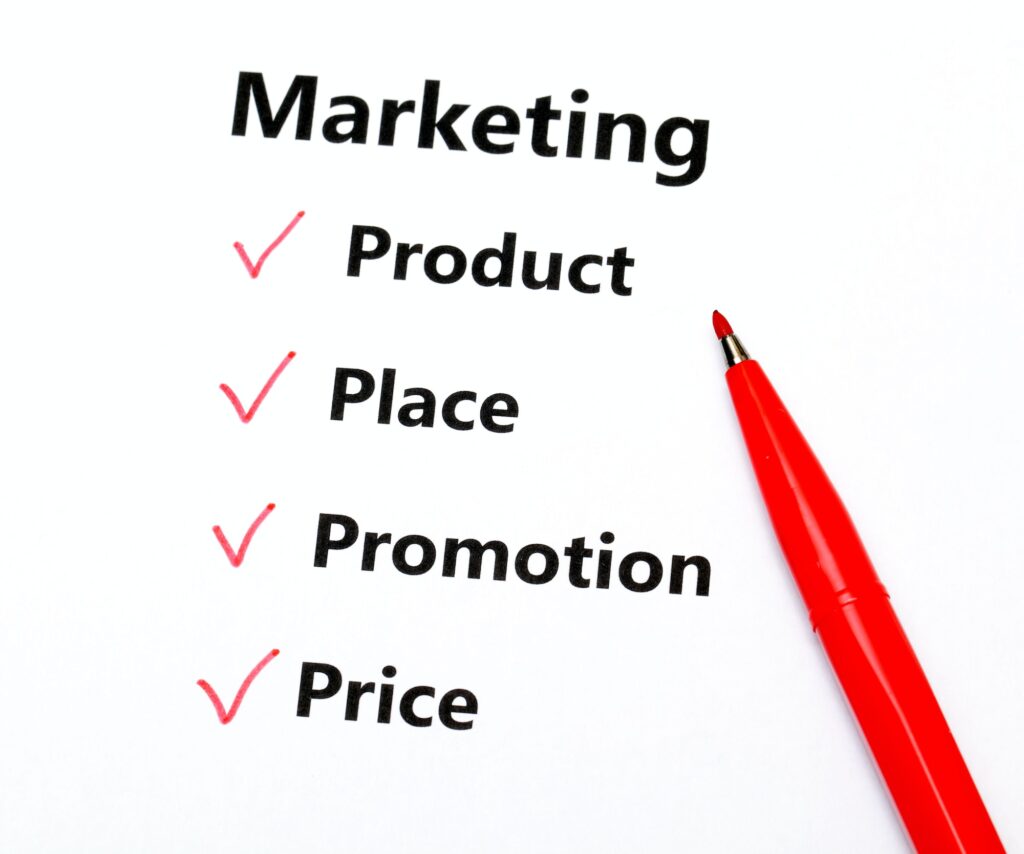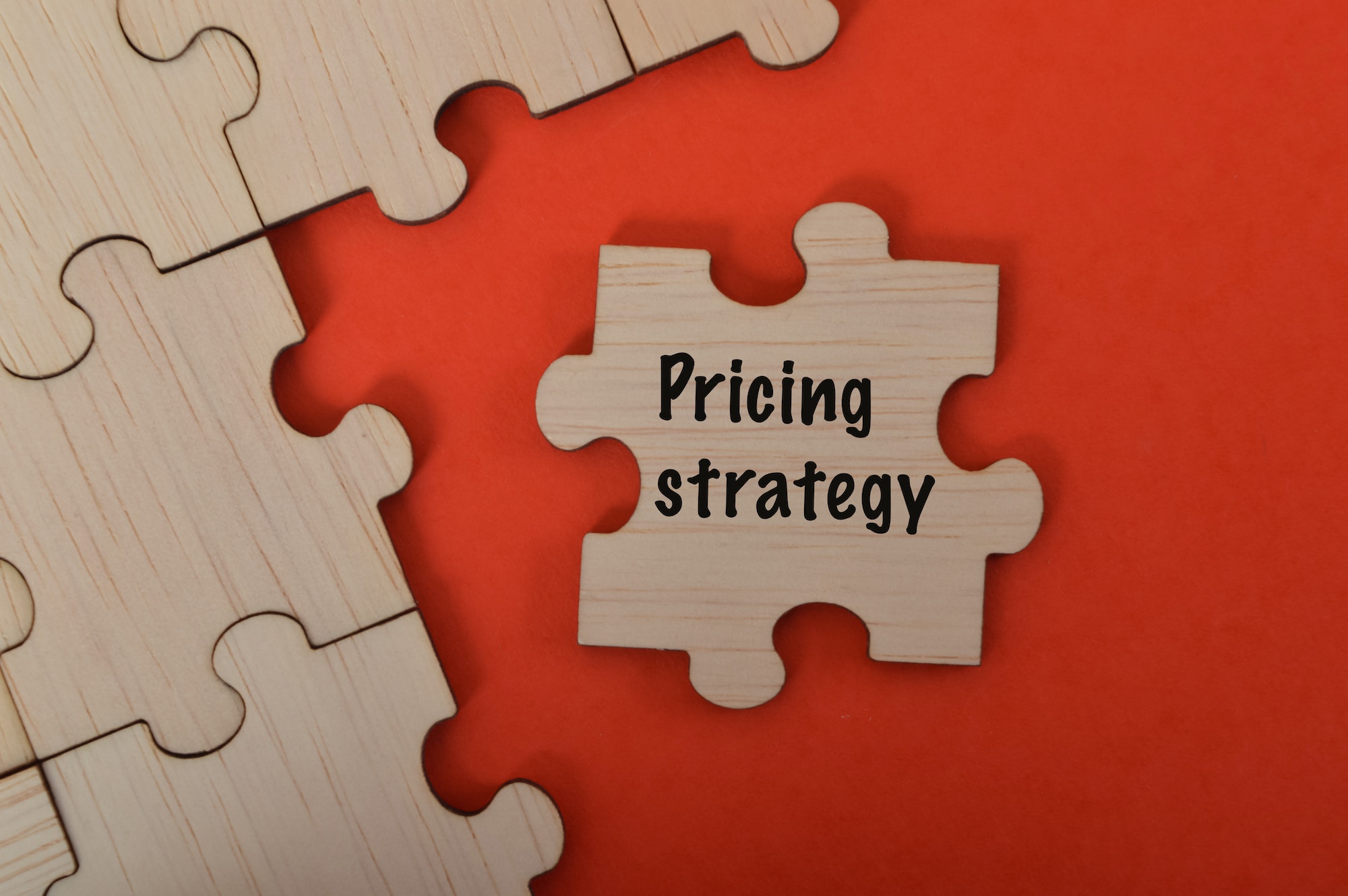Understanding SaaS Marketing
Before diving into the creation of a SaaS marketing plan, it’s essential to have a clear understanding of what SaaS marketing entails and why it’s important.
What is SaaS Marketing?
SaaS marketing refers to the strategies and tactics used to attract, engage, and retain customers for a Software as a Service (SaaS) business. Unlike traditional product marketing, SaaS marketing focuses on promoting a digital product that’s constantly evolving. The primary goal of SaaS marketing is to demonstrate the value of your software solution to potential users and convince them to subscribe to your service. This involves a variety of strategies and tactics, including content marketing, search engine optimization (SEO), social media marketing, email marketing, and more. For a more in-depth look at these strategies, you can check out our guide on saas marketing strategies.Importance of a SaaS Marketing Plan
Having a well-structured saas marketing plan is crucial for your SaaS business’s success. It serves as a roadmap that guides your marketing efforts and helps you reach your business goals. Here are a few reasons why a SaaS marketing plan is important:- Goal Setting: A marketing plan helps you define your marketing goals and align them with your business objectives. This could be increasing brand awareness, generating leads, boosting conversions, or retaining customers.
- Strategic Focus: Your marketing plan outlines the strategies and tactics you’ll use to achieve your goals. This provides a clear path for your marketing efforts and keeps your team focused on what’s important.
- Resource Allocation: A marketing plan allows you to allocate your resources effectively. This includes your marketing budget, team, and tools.
- Performance Measurement: Your marketing plan sets the foundation for tracking and analyzing your marketing performance. By monitoring key performance indicators (KPIs), you can measure the effectiveness of your strategies and make necessary adjustments.
Key Components of a Successful SaaS Marketing Plan
Creating a SaaS marketing plan requires a deep understanding of your market, a clear definition of your unique selling proposition, and a thorough identification of your target audience. These key components set the foundation for a robust and effective marketing strategy.Market Research
An in-depth understanding of your market landscape is crucial in forming your SaaS marketing plan. This involves analyzing your competitors, identifying market trends, and understanding the needs and pain points of potential customers. To conduct effective market research, you should consider:- Analyzing direct and indirect competitors: Understand their product offerings, pricing strategies, and marketing tactics.
- Identifying industry trends: Stay updated on the latest technological advancements, customer behavior trends, and regulatory changes in your industry.
- Understanding customer needs: Conduct surveys, interviews, and focus groups to get direct insights from your potential customers.
Defining Your Unique Selling Proposition (USP)
Your USP is what sets your SaaS product apart from competitors. It’s the unique value you offer to customers that they can’t get elsewhere. When defining your USP, consider the following:- What unique features or benefits does your product offer?
- How does your product solve customer problems better than other solutions?
- Why should customers choose your product over competitors?
Identifying Your Target Audience
Understanding your target audience is crucial for creating effective SaaS marketing strategies. This involves identifying who your potential customers are, understanding their needs and pain points, and knowing how your product can provide a solution. To identify your target audience, consider:- Demographics: age, gender, location, income, occupation, etc.
- Psychographics: interests, attitudes, behaviors, and values.
- Needs and pain points: what challenges do they face that your product can solve?
Crafting Your SaaS Marketing Strategy
The core of your SaaS marketing plan revolves around the strategies you employ to reach and engage your target audience. These strategies should be data-driven, customer-centric, and adaptable to changes in the market. Let’s delve into the different aspects of your SaaS marketing strategy.Content Marketing Strategy
Content marketing plays a pivotal role in educating, engaging, and converting your target audience. Your content marketing strategy should revolve around creating high-quality, informative, and valuable content that solves the problems faced by your target audience. This could include blog posts, e-books, webinars, videos, and infographics. Remember, the goal of your content is not just to promote your product, but to establish your brand as a thought leader in the SaaS industry. Your content should be SEO-friendly and shareable on social media to increase its reach. For more information, visit our comprehensive guide on saas content marketing.Search Engine Optimization (SEO) Strategy
An effective SEO strategy ensures your content is easily discoverable by your target audience. This involves keyword research, on-page and off-page optimization, link building, and technical SEO. Your SEO strategy should be tailored to your SaaS business, focusing on relevant keywords that your potential customers are using to search for solutions. SEO is a long-term strategy, but when done correctly, it can significantly increase your online visibility and drive organic traffic to your site. For more insights, refer to our article on saas digital marketing.Social Media Marketing Strategy
Social media platforms provide an excellent opportunity to connect with your audience on a more personal level. Your social media marketing strategy should focus on engaging with your audience, building relationships, and nurturing leads. Different platforms cater to different demographics, so it’s crucial to choose the platforms that resonate with your target audience. Regularly share useful content, respond to comments and queries, and encourage user-generated content to boost engagement. Make sure to measure the performance of your social media campaigns and adjust your strategy based on the results.Email Marketing Strategy
Email marketing is a powerful tool in your SaaS marketing plan that allows you to communicate directly with your prospects and customers. Your email marketing strategy should focus on delivering value to your subscribers, nurturing leads, and encouraging conversions. Segment your email list based on user behavior and preferences to deliver personalized content. Regularly test and optimize your email campaigns to improve open rates, click-through rates, and conversions. For a deep dive into effective email marketing for SaaS, check out our guide on saas email marketing. Crafting a robust SaaS marketing strategy involves a mix of these different marketing channels. Your ultimate goal is to create a seamless and personalized journey for your prospects that guide them from awareness to conversion and beyond. Always remember to track your saas marketing metrics to measure the success of your campaigns and make data-driven decisions.How Can Pricing Strategies Impact the Success of a SaaS Marketing Plan?
Effective saas pricing strategies optimize success for a SaaS marketing plan by attracting the right customers, maximizing revenue, and staying competitive. The right pricing model can increase customer satisfaction, retention, and ultimately drive the success of the SaaS product in the market.
Measuring the Success of Your SaaS Marketing Plan
When it comes to your SaaS marketing plan, it’s crucial to measure its success accurately and consistently. This will provide you with valuable insights into what’s working, what’s not, and how you can optimize your strategy for better results.Key Performance Indicators (KPIs)
Key Performance Indicators (KPIs) are a vital tool in measuring the effectiveness of your SaaS marketing strategy. These metrics provide a quantifiable measure of your business’s performance against its strategic goals and objectives. Some of the most important KPIs for SaaS businesses include:- Customer Acquisition Cost (CAC): The average cost to acquire a new customer.
- Lifetime Value (LTV): The total net profit expected from a customer during their relationship with your business.
- Churn Rate: The percentage of customers who cancel their subscription within a given time period.
- Monthly Recurring Revenue (MRR): The predictable income your business generates each month.
- Conversion Rate: The percentage of leads that convert into paying customers.
| KPI | Description |
|---|---|
| Customer Acquisition Cost (CAC) | Average cost to acquire a new customer |
| Lifetime Value (LTV) | Total net profit expected from a customer over their relationship with your business |
| Churn Rate | Percentage of customers who cancel their subscription within a given time period |
| Monthly Recurring Revenue (MRR) | Predictable income your business generates each month |
| Conversion Rate | Percentage of leads that convert into paying customers |
Regularly Reviewing and Adapting Your Plan
No SaaS marketing plan is set in stone. As your business grows and the market evolves, you’ll need to regularly review and adjust your plan to keep it aligned with your goals. Use your KPIs as a guide to identify areas of your marketing strategy that need improvement. For example, if your CAC is high and your LTV is low, you may need to reassess your saas pricing strategy or look for more cost-effective ways to attract and retain customers. If your conversion rate is low, it might be time to enhance your saas lead generation efforts or tweak your saas product marketing strategies. Remember, a successful SaaS marketing plan is one that evolves with your business. By regularly reviewing and adjusting your plan based on your KPIs, you’ll set your SaaS business up for long-term success.How Can I Incorporate Essential SaaS Marketing Metrics Into My Ultimate Marketing Plan?
When creating your ultimate marketing plan, it’s crucial to incorporate saas marketing metrics essentials to track the effectiveness of your SaaS marketing strategies. By utilizing key metrics like customer acquisition cost, churn rate, and customer lifetime value, you can make data-driven decisions to optimize your marketing efforts and drive growth.


